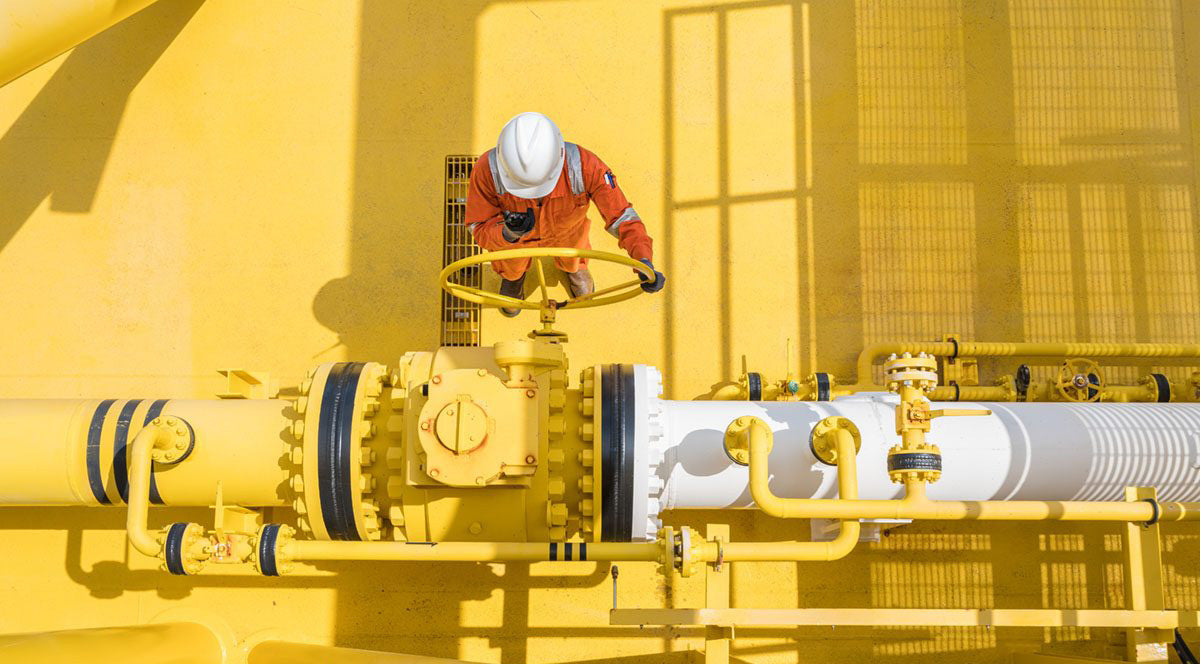In Drops prevention, standards need to be high, because safety is about people. Not just personnel, but also families and colleagues. Drops incidents can have devastating consequences to individuals, organisations, and communities.
Safety managers therefore want high-quality solutions to ensure site safety and mitigate Drops risks. Suppliers, in turn, need to advertise their solutions to meet these requirements. It can be hard to distinguish between competing products when many make similar claims about quality.
Key to selecting the most robust products is scrutinising the steps suppliers take to guarantee consistently high standards. To help buyers identify solution providers which go the extra mile to ensure safety, this piece shares the four signs of a high-quality safety product.
The hidden cost of cheap safety solutions
HSE and facilities managers are incentivized to reduce expenditure. Upfront price and overall cost are often different, however. Sub-standard solutions require frequent maintenance and replacement due to their less robust construction, adding cost. Higher failure rates for inadequate solutions also increase Drops risks for personnel and expose the operator to financial and reputational damage.
The key consideration for end-users is identifying the hallmarks of a best practice product and asking the right questions about their supplier’s quality control processes.
The four steps to a high-quality safety solution
A buyer that asks these four key questions when procuring a safety solution stands a better chance of securing reliable and robust equipment.
Does your supplier manufacture in house?
Safety solution providers seeking to control quality at every stage will have their own manufacturing facility to make all products in-house. Crucially, this allows providers to build a manufacturing culture that focuses on quality. It allows standards to be set and upheld confidently, with no question marks over outsourced components.
Dropsafe designs and manufactures its product range in house in order to to set a new benchmark in Drops prevention, ensuring clearly defined engineering tolerances and a commitment delivering to robust, durable solutions.
To ensure you are buying a high-quality product, ask your supplier who manufactures their solutions, and how they deliver against the promises they make in their equipment specifications.

Do they understand their materials?
Even a well-designed solution will fail to deliver consistently if the manufacture fails to ensure that raw materials are of the highest quality.
For example, frayed wires or hidden corrosion can significantly compromise the strength of a solution, placing personnel at risk. To mitigate this, providers of best practice safety securing solutions typically use Japanese SUS316 stainless steel wire due to its superior corrosion resistance, thread integrity, and tensile strength compared to cheaper, lower quality alternatives.
Always ask your suppliers why critical components have been constructed out of a specific material, and what properties of the chosen material make it suitable for its given application.
Can your safety solution provider ensure end-to-end traceability?
Traceability at all stages of the product lifecycle provides reassurance of quality to manufacturers and customers, delivering greater security for end-users throughout the product lifecycle.
Internally, Dropsafe ensures full traceability on all raw materials, securing mill certificates and batch numbers to ensure high standards are maintained throughout the manufacturing process. Meanwhile, the Dropsafe Net upgrade has introduced the RFID Choke Plate. The new Choke Plate has in-built RFID capability so that on-site crews can easily track inspection history, while digitising the serial number to quickly verify the product.
When investing in safety solutions, look for embedded serial numbers, and ask your supplier if they can demonstrate the origin of their components and raw materials.
How rigorously has the product been tested?
To ensure quality is prioritised, Dropsafe sets ambitious performance targets for its products. As its core product range was designed to withstand the harsh environment of offshore O&G for long periods, this was especially crucial. Over the years, Dropsafe has fostered long-term relationships with key industry stakeholders to understand the operational challenges faced by customers.
To investigate a supplier’s testing procedures for Drops prevention equipment, check that the following requirements have been met:
- The complete, finished solution – not just components – has been tested to understand the interaction between all the parts in a real-world scenario.
- The solution has been tested in dynamic situations to mimic the shock load experienced in an actual Drops incident.
- The testing included artificially ageing the solution with UV, temperature and salt exposure, to replicate harsh operational environments.
Ultimately, with so much choice in the Drops prevention market, buyers need to select their suppliers carefully to ensure that they get true value for money and install a robust high-quality solution.
The key markers of a supplier which goes beyond existing best practice to maximise quality are about maintaining control throughout the process. In turn, that control passes on to the end user, who can deploy these products with confidence as the basis for a robust and cost-effective Drops prevention programme.
To learn more about why stringent quality control is crucial for reliable and durable Drops prevention solutions, get in touch at info@dropsafe.com to talk to our experts.
